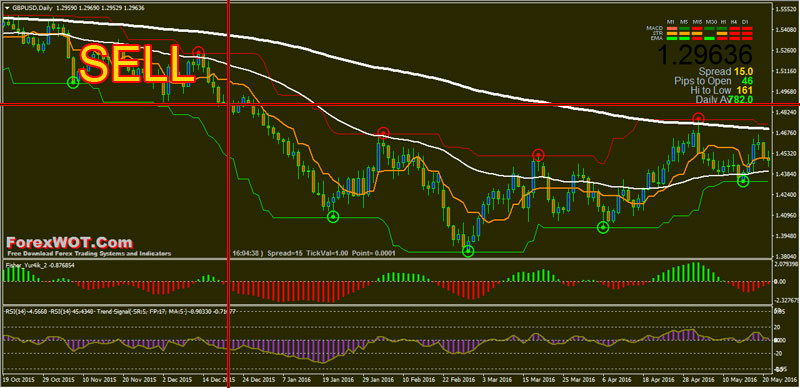
Look at the monthly chart (each data point represents one month) where a 6-EMA and 10-EMA (6-month and 10-month periods) are used. A “fast” and “slow” MA are used the fast MA is calculated on fewer periods and will respond to price changes faster than the slow MA. The long-term trend uses a Moving Average crossover signal on a weekly or monthly chart. In other words, the longer-term trend determines the strategic stance, but the shorter-term is where tactical moves are made.

The longer-term trend is the dominant and most important trend, but the shorter-term trends can be where long-term trend changes can first be detected. short-term could be hours to days), but it is important to always be aware of the trend in three consecutive timeframes because they are interrelated, and actions must consider all three. These are broad definitions and can be shifted down into shorter timeframes (i.e. In fact, during a strong bull market, over 90% of stocks can be trending upward together, which means our odds of picking a winning stock are nine out of ten.ĭecisionPoint Trend Analysis focuses on three timeframes – short-term (days to weeks), intermediate-term (weeks to months) or long-term (months to years).


The reason for this is that the trend of the market normally indicates the direction of most stocks and sectors. The trend is the observable direction of the market – up, down, or sideways – and a person who acts in concert with the market trend can significantly increase their odds of success.


 0 kommentar(er)
0 kommentar(er)
